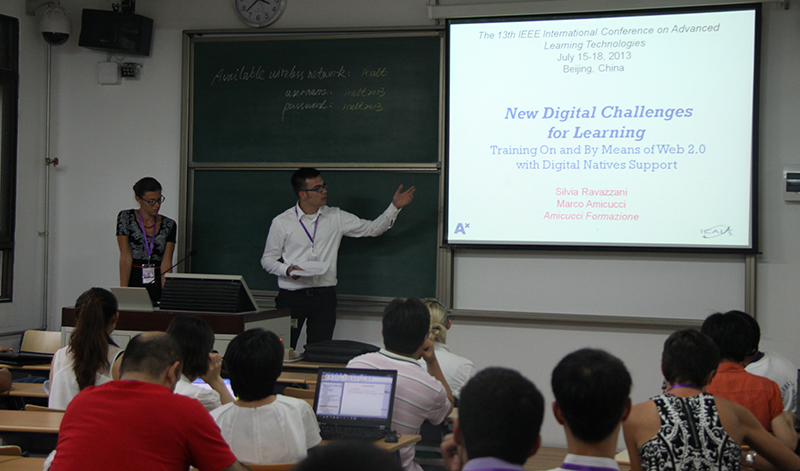The increasing speed at which technology evolves lends crucial importance to management of the in-company inter-generational digital divide, in the presence of two generations whose approaches to technology differ drastically. What we have is a population of juniors with a high level of familiarity with new technologies, who are often under-utilized, and, at the same time, we have a population of seniors which is not always able to make use of all the opportunities offered by new technologies and which is not always fully aware of their limits and of their risks. This technology is in fact among the most complex challenges that businesses have to respond to. In order to tackle this scenario, it is important to attain a widespread minimum knowledge-base: What are the essential competencies that need to be mastered throughout the company? In order to deal with today’s complexities, what standard ‘digital knowledge base’ is required? In formulating a working proposal for managing the digital divide, we can take a lead from study thatwe presented in Beijing during ICALT 2013 (the International Conference on Advanced Learning Technologies, an event organized by IEEE Technical Committee on Learning Technology). Reverse Coaching is an inter-generational skill-acquisition model based on the meeting of “digital natives” and “migrants” it can take place at a distance or in presence, either via one-to-one sessions or by means of frontal teaching. The same factors always lie at the heart of this approach:new generations provide support to the seniors, in a model that works well for learning new technologies.  The sense of this proposal is simple: digital competencies are often already present within the enterprise: you just need to equip yourself to transfer them from those who possess them to those in need youngsters lead the way in this process, setting up integration between different levels in the organization and between different generations. Marco Amicucci
The sense of this proposal is simple: digital competencies are often already present within the enterprise: you just need to equip yourself to transfer them from those who possess them to those in need youngsters lead the way in this process, setting up integration between different levels in the organization and between different generations. Marco Amicucci
insights